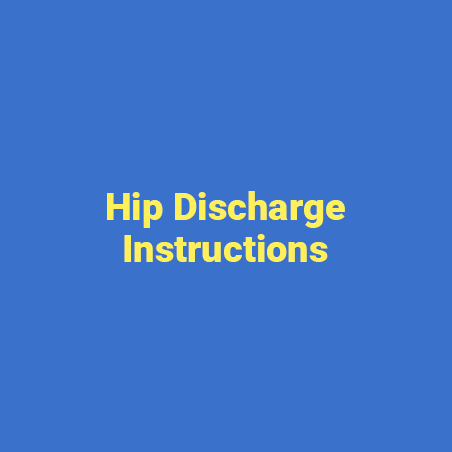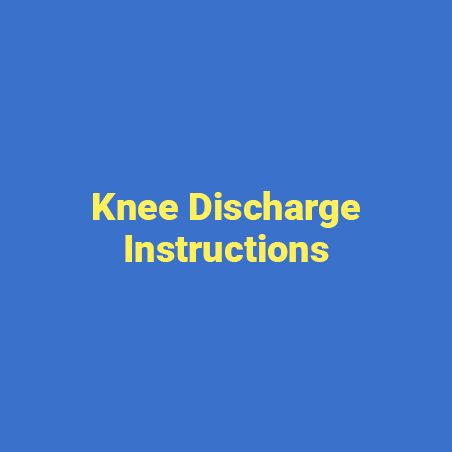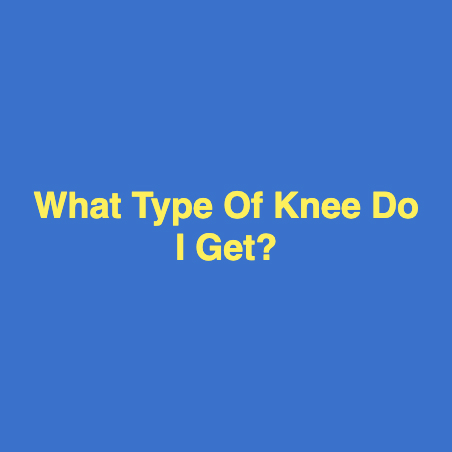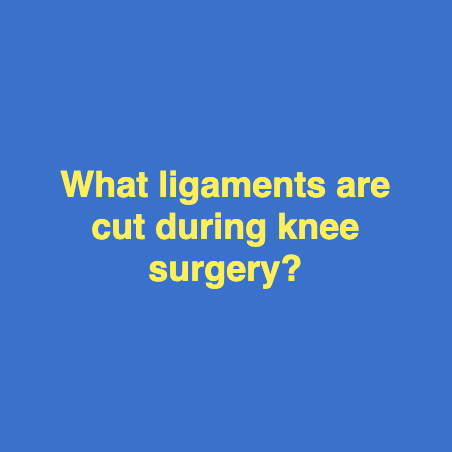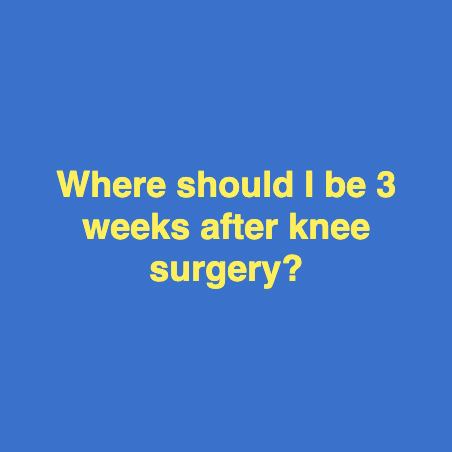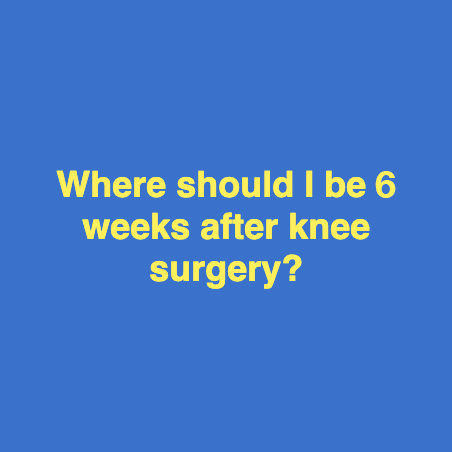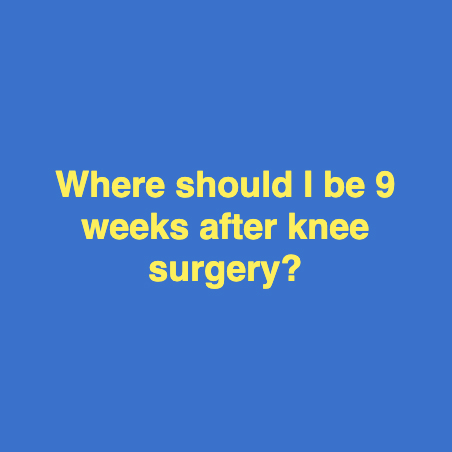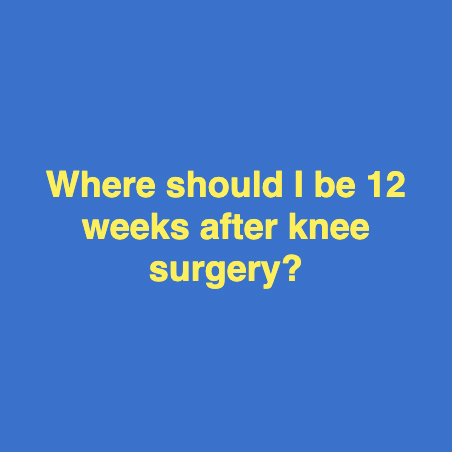Ankle sprains are one of the most common sports injuries that will lead a patient to seek evaluation by an orthopedic surgeon. 90% of ankle sprains never need any surgical intervention and the mainstay of treatment as physical therapy. Most ankle sprains or tear of the lateral ligament in the ankle anterior talofibular ligament is the most commonly torn ligament in ankle sprain. You can also get ankle sprains on the inside, her big toe side of the ankle and high ankle sprains are a sprain of the ligament between the tibia or shin bone in the fibula, the little bone on the outside of the ankle. Again the majority of ankle sprains are lateral ankle sprains are anterior talofibular ligament sprains. Ligaments actually have two jobs first of which is to attach bone to bone the second of which is that they have tiny little nerve fibers in them that will sense stretch so as you start to roll your ankle, the ligament will start to stretch, sends a signal to the brain that will cause you to fire a muscle and correct the abnormal position of your foot. So as you see someone balance, that’s why they teeter back-and-forth, side to side. That’s called proprioception or awareness of where the body is in space. That is the number one thing that is lost after an ankle sprain and usually why patients continue to think that they have instability. It’s not because the ligament didn’t heal, it’s because it’s no longer communicating with the tendons and the muscles around it. So physical therapy is the mainstay of treatment. We don’t typically need an MRI at the first visit because even if it shows me you tore your ligament I’m gonna send you to physical therapy. It can take up to six months of physical therapy to completely recover from an ankle sprain and that’s not too unusual however, if in that time period you plateau, experience no improvement with physical therapy or start to backtrack, that’s typically we get an MRI because at that point we’re considering surgical intervention.
Menu





